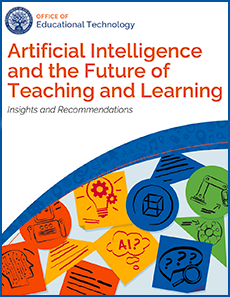This past academic year (2023-2024), I had the pleasure of serving as an elected Member-at-Large on the University of Windsor’s Senate. Being on Senate was a valuable experience for me, as I was more informed about the academic matters of the University and had an opportunity to engage in discussion on how to support the University’s mission.
At the May 10, 2024 Senate meeting, we voted to approve revisions to Bylaw 54 (undergraduate evaluation) and Bylaw 55 (graduate evaluation) relating on course syllabus information on the use of generative artificial intelligence (gen AI) in courses at the University of Windsor. Now, instructors are required to include this information, with the default position that the use of gen AI is permitted in courses if there is no statement in the syllabus describing the acceptable limits to use for the course. Here is the link to the sample wording on the Centre for Teaching and Learning’s website. I am excited that our Institution made changes to these bylaws in a timely manner, because change happens very slowly in academia compared to the private sector.

In the public sector, I found a new policy report, Artificial Intelligence and the Future of Teaching and Learning: Insights and Recommendations, from the U.S. Department of Education Office of Educational Technology. There is also a concise core messaging handout. These are useful resources for educators interested in understanding what emerging technologies like gen AI can do in the service of educational goals, while evaluating the risks and mitigating the key risks.
I particularly like how the report explains what AI is in a way that is easy for the lay person to understand. The report describes AI as enabling two broad shifts from today’s use of technology in schools:
(1) from capturing data to detecting patterns in data and
(2) automating decisions about teaching and learning processes. Compared to commonplace educational technology, detecting patterns and automating decisions marks an increase in the level of responsibilities a person may delegate to a computer system.
I will blog more on this report and share some of my ideas about AI and other topics that I am exploring right now in future posts.

Leave a Reply